Quantum Flux BOT MT5
- Experts
- Andrei Vlasov
- Versão: 1.0
- Ativações: 11
Quantum Flux Bot: Precisão Redefinida para o Trading de Ouro
Quantum Flux Bot é um sistema de negociação avançado, desenvolvido exclusivamente para operar XAU/USD (ouro) em cenários de mercado voláteis e dinâmicos. Ele não apenas reage ao mercado — ele interpreta estruturas ocultas e se adapta em tempo real com base em uma lógica de decisão probabilística.
Não reage. Ele recalibra.
Oferta de Lançamento por Tempo Limitado
Preço inicial: $399
Distribuição limitada. O preço pode ser reajustado após o lançamento.
Estrutura do Sistema
Quantum Decision Layer
Este módulo identifica transições de mercado e ignora ruídos temporários.
Em vez de seguir padrões comuns, analisa configurações estruturais complexas que antecedem grandes movimentos de preço.
Flux Logic Engine
O motor de operação executa ordens apenas quando múltiplas variáveis se alinham.
Foco em qualidade e precisão — evitando entradas desnecessárias.
Real-Time Calibration Protocol
Camada de ajuste dinâmico que adapta o stop loss, tamanho da posição e frequência de entrada com base na volatilidade e pressão do mercado.
Mantém a consistência em diferentes fases do mercado.
Especificações Técnicas
-
Ativo: XAU/USD (Ouro)
-
Timeframe: H1
-
Depósito mínimo: $100
-
Tipo de conta recomendado: ECN / Raw Spread
-
Compatível com corretoras e prop firms
Política de Distribuição Limitada
Quantum Flux Bot é distribuído em quantidade restrita para preservar a eficácia do sistema e evitar sobreposição excessiva de sinais no mercado.
Cada usuário recebe suporte dedicado, atualizações e materiais exclusivos.
Suporte e Ativação
Os compradores têm acesso a orientação na configuração inicial, suporte técnico e recomendações para uso em VPS.
Recomenda-se operação contínua em servidor estável para melhor desempenho.
Observações Finais
Quantum Flux Bot não é uma promessa de lucro.
É uma ferramenta lógica e modular para traders que valorizam estrutura, inteligência adaptativa e análise aprofundada.
Seu diferencial está na capacidade de detectar padrões além da superfície e responder com precisão estratégica.


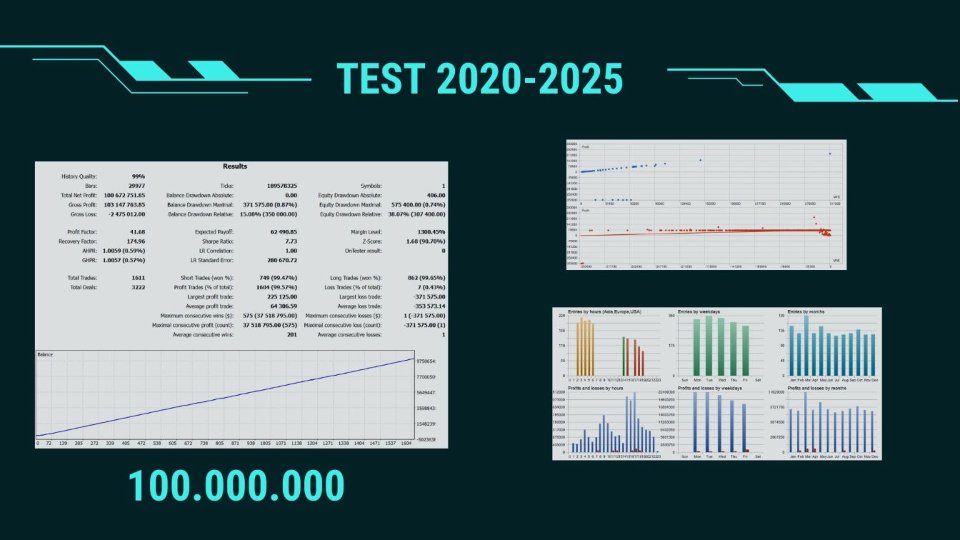
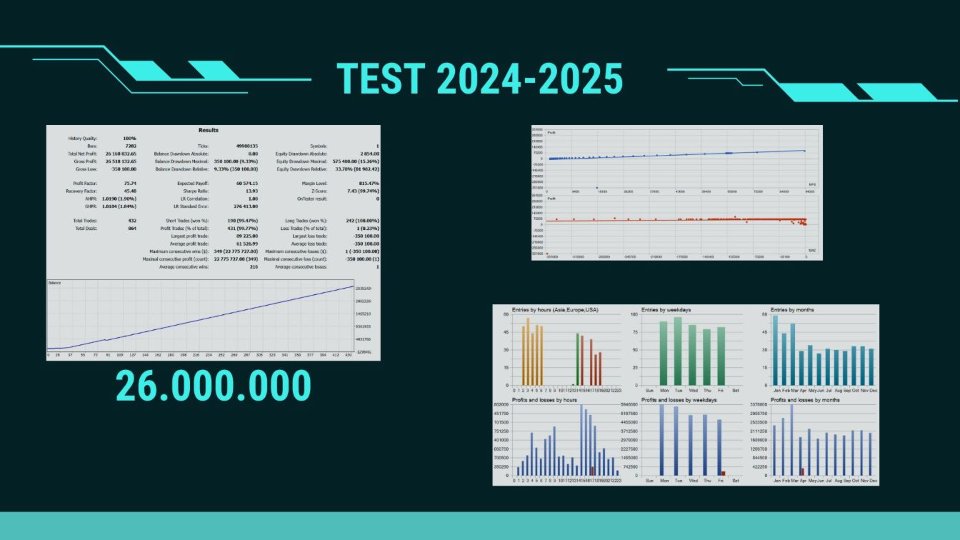






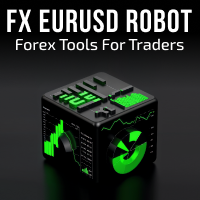

















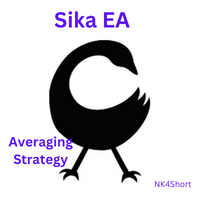



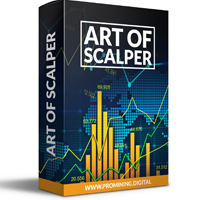












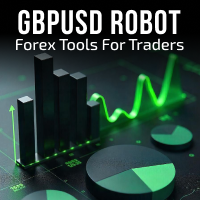



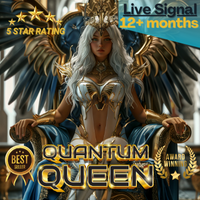















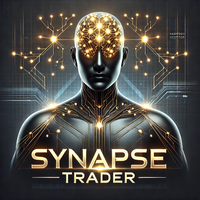

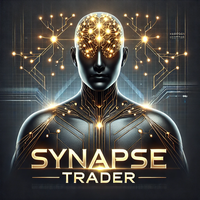


Review of Quantum Flux BOT MT5: A Deceptive Backtest and Unrealistic Results Rating: 1/5 Warning: Avoid purchasing until there is proof of real performance. As a beginner in automated trading, I purchased the Quantum Flux BOT MT5 on MQL5, lured by a backtest promising astronomical profits. After analyzing the backtest report and testing it in real trading, I can confidently say this EA is a disappointment and potentially dangerous for your capital. Here’s why, with the help of an in-depth analysis, I urge everyone—especially beginners—to think twice before buying it. The Backtest: Too Good to Be True The provided backtest (XAUUSD, H1 timeframe, January 1, 2025 - April 12, 2025, ICMarketsEU demo account, $500 initial deposit, 1:500 leverage) shows results that seem like a dream: Net Profit: $2,762,211.05 from $500 in 3.5 months (a 552,442% return!). Trades: 92, all winning (100% success rate, zero losses). Profit Factor: 183.52 (massive profits compared to losses). Drawdown: 0.07% on balance, but 62.30% on relative equity (hidden risk). These numbers are unrealistic and scream overfitting (when an EA is tuned to perform perfectly on specific historical data but fails in real markets). No trading system, not even the best, achieves a 100% win rate, especially on a volatile market like gold (XAUUSD). A return of $2.76 million from $500 in 3.5 months is something even the top hedge funds in the world cannot promise. This is a glaring red flag: the backtest was manipulated or optimized to deceive buyers. Key Issues with the Backtest Unbelievable Results: An EA that turns $500 into $2.76 million in 3.5 months without a single loss is pure fantasy. Real markets are unpredictable, and XAUUSD is notorious for sharp moves driven by news (e.g., inflation data, Federal Reserve decisions). A 100% win rate suggests the EA was “rigged” to avoid losses in historical data, likely by ignoring stop losses or using perfect data. The 62.30% relative drawdown means that, at times, the account risked losing over 60% of its value. This is a massive risk for a beginner with a small account, and the backtest hides it behind a negligible 0.07% balance drawdown. Dangerous Risk Management: The EA employs aggressive compounding: lot sizes start at 0.1 and scale up to 100 in 92 trades. With 1:500 leverage, 100 lots on XAUUSD require ~$200,000 in margin, unsustainable for a $500 account without massive profits. In real trading, a small account would be wiped out by a single loss or insufficient margin. The stop loss of 3,500 points ($350 for a 0.1 lot) is absurd for XAUUSD on H1, where daily moves are typically 1,000-2,000 points. Such a loss on a $500 account is 70% of the capital! This explains the absence of losses in the backtest: the stop loss is so far that no trade hits it, but in real trading, it’s a recipe for disaster. Unrealistic Spreads and Costs: The MaxSpread=500 parameter (50 pips) is far too permissive for XAUUSD, where typical ICMarkets spreads are 10-20 pips but can spike to 50-100 pips during news. In the backtest, the EA likely opened trades with unrealistically low spreads, inflating profits. In real trading, high spreads and slippage (execution price differences) reduce gains or cause losses, as I experienced. Commissions (-$30,267.08) and swaps (-$30,546.96) are included, but the spread used is unclear. A backtest with optimistic spreads does not reflect reality. Lack of Robustness: The backtest covers only 3.5 months (January-April 2025), too short to assess robustness. A reliable EA should perform well over 2-3 years across bullish, bearish, and sideways markets. This EA seems optimized for a favorable period, likely a trend in XAUUSD. Without a news filter (news=false) or trailing stop (is_trailing_stop=false), the EA is vulnerable to volatility and reversals, common in XAUUSD. In real trading, this leads to losses, like my manually closed trade. My Real Trading Experience: A Complete Letdown I tested the EA on a real account for one week (April 2025), using the backtest parameters (XAUUSD, H1, ICMarketsEU). The result? One trade opened, closed manually at a loss. Here’s what went wrong: Few Trades: The backtest shows 6-7 trades per week, but I only had one in a week. This suggests the EA relies on specific market conditions (e.g., strong trends) that weren’t present in my week, possibly a ranging or volatile market. Significant Loss: The trade entered a heavy drawdown, and the EA didn’t close it because the 3,500-point stop loss was too far. Frightened by the growing loss, I closed it manually, losing money. The backtest doesn’t prepare you for this risk, as it hides real drawdowns behind a 100% success rate. No Support: The developer offered no help in setting up the EA, leaving me without clear instructions. For a beginner like me, this was frustrating and worsened the experience. Why You Shouldn’t Trust This EA Manipulated Backtest: The 100% win rate and $2.76 million profit are signs of a rigged backtest. It’s impossible to achieve these results in real trading, where losses and volatility are inevitable. Overfitting makes the EA useless in different market conditions. Catastrophic Risk: With a 3,500-point stop loss and aggressive compounding, a small account ($500-$1,000) can be wiped out by a single loss. The 62.30% relative drawdown confirms the EA’s massive risks, unsuitable for beginners. Lack of Transparency: The backtest doesn’t specify the spread used, and parameters like MaxSpread=500 suggest it operates in unrealistic conditions. Without live signals (real account performance monitored), there’s no way to verify if the EA works. Nonexistent Support: The developer provides no post-sale assistance, leaving users—especially beginners—to configure a complex EA alone. This is unacceptable for a paid product. Advice for Other Traders (Especially Beginners) To avoid falling into traps like this, here’s what I’ve learned with expert analysis: Don’t Trust Flashy Backtests: An EA promising millions or a 100% win rate is almost certainly overfitted. Look for EAs with live signals on MQL5, monitored on real accounts for at least 6-12 months. Test on Demo: Before using an EA on a real account, test it on a demo account for 1-3 months with the same broker and backtest parameters. Compare results to spot discrepancies. Check Risk: Avoid EAs with huge stop losses (like 3,500 points) or aggressive compounding. A good EA should have reasonable stop losses (e.g., 50-100 pips on XAUUSD) and risk no more than 1-2% per trade. Seek Active Support: Choose EAs with developers who answer questions and provide clear instructions. Check MQL5 reviews before buying. Learn the Basics: As a beginner, take time to understand how EAs work (e.g., what a stop loss is, how spreads affect trades). This will help you avoid deceptive products and set up valid ones correctly. Conclusion: Do Not Buy This EA The Quantum Flux BOT MT5 is a textbook example of how a spectacular backtest can mislead traders, especially beginners. Its unrealistic results ($2.76 million from $500, 100% win rate) are the product of blatant overfitting, and my real-world experience (a loss in one week) confirms it doesn’t work as promised. The aggressive compounding and 3,500-point stop loss make it dangerous for small accounts, and the lack of developer support is the final straw. Recommendation: Do not buy this EA until the developer provides verified live signals and proper support. There are plenty of EAs on MQL5 with real performance and reliable developers. Save your money and time. With the help of an in-depth analysis, I hope this review prevents other traders from making a costly mistake. If you’re looking for alternatives, always test on demo and choose products with transparency and support.